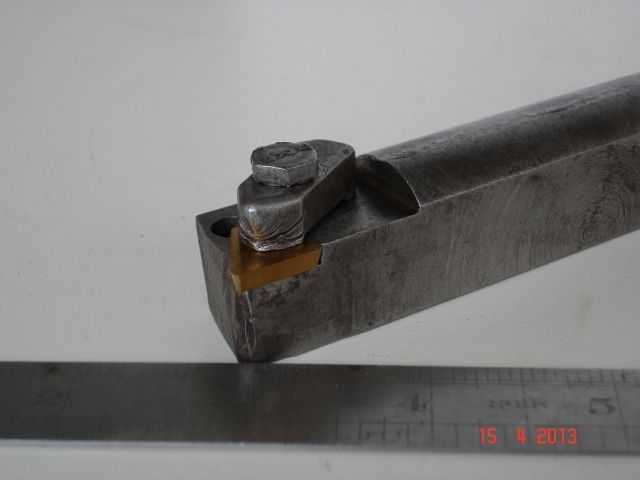Best type of material to use for beginners
Best type of material to use for beginners
- This topic has 21 replies, 19 voices, and was last updated 22 September 2018 at 15:46 by
Nick Hulme.
Viewing 22 posts - 1 through 22 (of 22 total)
Viewing 22 posts - 1 through 22 (of 22 total)
- Please log in to reply to this topic. Registering is free and easy using the links on the menu at the top of this page.
Latest Replies
Viewing 25 topics - 1 through 25 (of 25 total)
-
- Topic
- Voices
- Last Post
Viewing 25 topics - 1 through 25 (of 25 total)
Latest Issues
Newsletter Sign-up
Latest Replies
- Vehicle Tax
- DRO Origin Setting
- Metal spinning a deep cup
- How Would I Machine this CAD designed Ratchet
- Drilling on VMC Mill
- Tooth Angle for the Myford Bull Wheel Indexer device
- Unimat SL renovation – any tips?
- Centec 2b mill rebuild
- THE MONTHLY TIPS COMPETITION – THE ENTRY THREAD!
- Centec 2B fast traverse ideas







